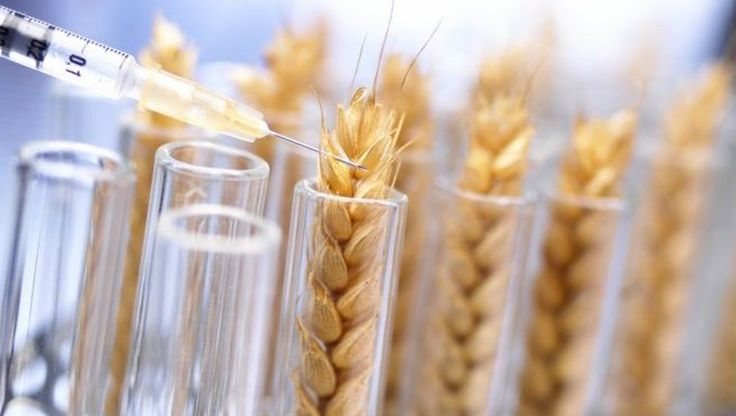Canada: Gene-edited wheat tested

Agriculture Canada has planted its first research plots of gene-edited wheat.
The experimental wheat is being grown in a greenhouse at the Lethbridge Research and Development Centre.
The goal is to produce spring wheat lines with greater ability to receive and use sunlight, according to an Alberta Farmer Express article.
A wheat industry leader is pleased with the development.
“I think it’s fantastic,” said Gunter Jochum, president of the Wheat Growers Association.
“It’s good for our industry and it is exactly what’s needed going forward.”
He said he has spoken to scientists who say “the sky is the limit” when it comes to the potential for gene-edited crops.
“That’s what’s exciting, and Canada needs to be right at the forefront in developing that,” said Jochum.
Ian Affleck, vice-president of plant biotechnology with CropLife Canada, said the federal government’s recent decision to treat gene-edited crops the same as conventionally bred crops paved the way for the project.
He expects many more gene-edited wheat projects will follow because the cost is significantly less than trying to commercialize a line of genetically modified wheat.
It takes $120 to $130 million and 16 years to bring a GM crop to market compared to $1 to $5 million and five to seven years for a gene-edited crop.
“It’s a big difference,” he said.
But gene editing has its limitations.
“If you’re just trying to up-regulate or down-regulate something that the plant already does or could do, that’s where gene editing really excels,” said Affleck.
That’s why the technology is being deployed around the world to create drought tolerance or disease resistance traits.
However, it can’t be used to introduce traits from other plants, such as the Bt insect tolerance trait in corn.
So, there is still a place for GM crops.
Bioceres just began distributing its GM wheat seeds to crop input retailers in Argentina for commercial production of the crop.
The company’s HB4 wheat was approved for cultivation in Argentina in 2020 and by Brazil in 2023. The drought tolerant wheat also has food and feed approval in a variety of export markets.
The only other GM wheat to receive regulatory approval was Monsanto’s Roundup Ready wheat, which received food approval by Australia, Colombia, New Zealand and the United States, as well as feed approval by the U.S.
However, the crop was never approved for cultivation due to a backlash by farmers and consumers. Monsanto subsequently shelved its GM wheat project in 2004.
Affleck said attitudes have changed in the ensuing 20 years because GM crops are now commonplace and there is a growing need for the technology to tackle mounting agronomic problems.
“There was a clear need for a drought-resistant technology in Argentina,” he said.
“They’re having some really significant droughts there.”
Australia’s Office of the Gene Technology Regulator recently approved field trials of GM wheat and barley modified for yield enhancement by the University of Adelaide.
That is the only other GM wheat Affleck is aware of. There were recent headlines that China had approved GM wheat trials, but that turned out to be gene-edited wheat.
Read also
Wheat in Southern Brazil Impacted by Dry Weather and Frosts
Oilseed Industry. Leaders and Strategies in the Times of a Great Change
Black Sea & Danube Region: Oilseed and Vegoil Markets Within Ongoing Transfor...
Serbia. The drought will cause extremely high losses for farmers this year
2023/24 Safrinha Corn in Brazil 91% Harvested
Write to us
Our manager will contact you soon



